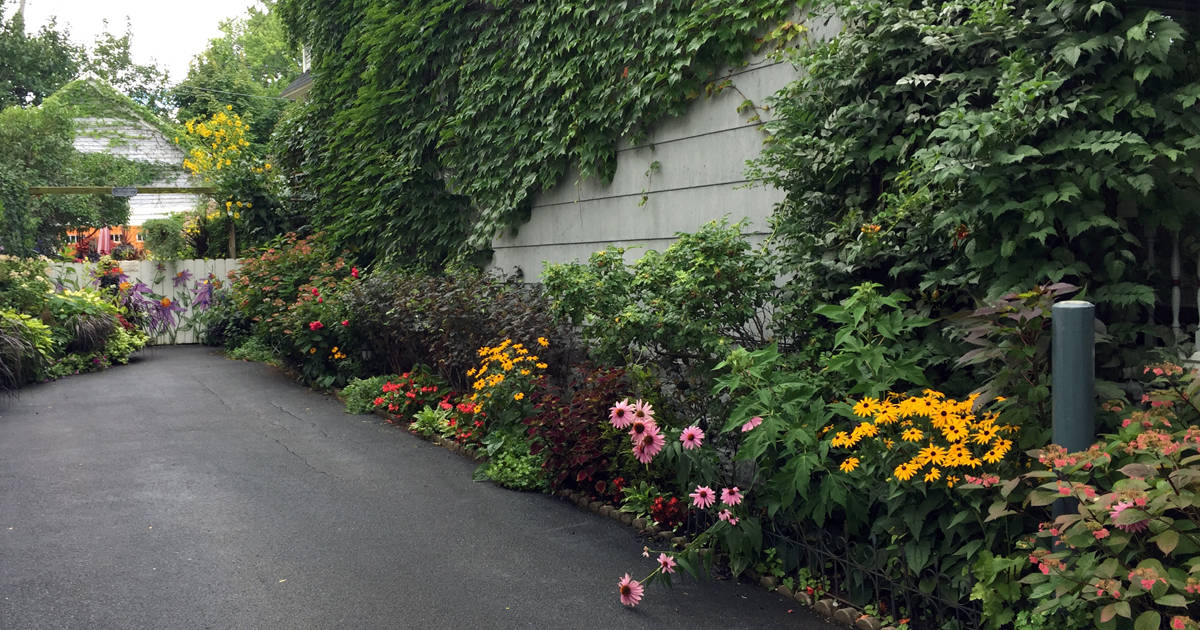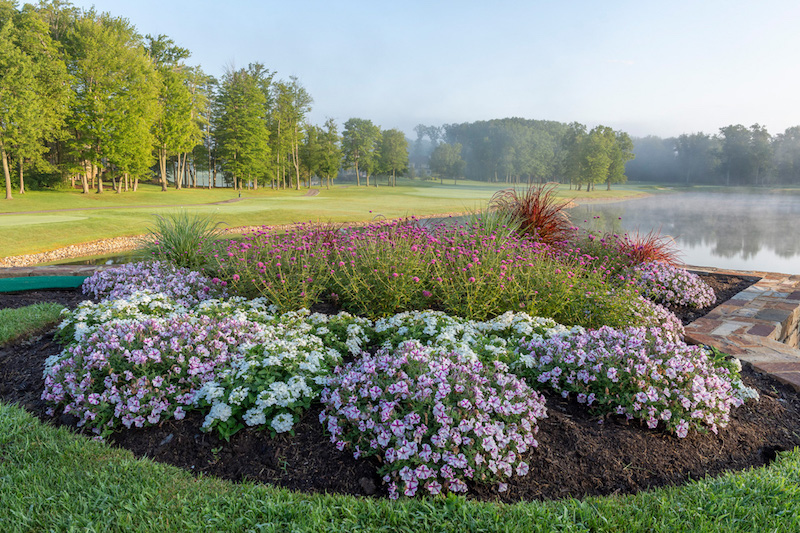Hilton Head Landscapes Can Be Fun For Everyone
Hilton Head Landscapes Can Be Fun For Everyone
Blog Article
An Unbiased View of Hilton Head Landscapes
Table of ContentsFascination About Hilton Head LandscapesThe Hilton Head Landscapes PDFsFascination About Hilton Head LandscapesHilton Head Landscapes Can Be Fun For EveryoneThe 8-Minute Rule for Hilton Head LandscapesRumored Buzz on Hilton Head LandscapesThe Of Hilton Head Landscapes
Line develops all forms and patterns and can be utilized in a range of ways in the landscape. Line in the landscape is created by the side in between two products, the summary or silhouette of a form, or a long linear function. Lines are a powerful tool for the developer since they can be utilized to create a boundless selection of shapes and forms, and they manage motion of the eye and the body.

Lines can have one or even more qualities, such as those explained listed below, yet they commonly serve different functions. Number 1. Lines in the landscape - bluffton landscaping. The homes of lines figure out just how individuals react to the landscape, both psychologically and physically. Straight lines are structural and strong; they create a formal personality, are generally related to an in proportion style, and lead the eye directly to a focal factor.
8 Simple Techniques For Hilton Head Landscapes
Bent lines develop an informal, all-natural, loosened up personality that is associated extra with nature and asymmetrical equilibrium. Bent lines move the eye at a slower rate and include enigma to the area by producing surprise sights.
Vertical lines in the landscape include high, narrow plant material, such as trees, or tall structures, such as an arbor or a bird house on a pole. Straight lines move the eye along the ground plane and can make an area really feel larger. Low lines are much more controlled and create a sensation of remainder or repose.
The Ultimate Guide To Hilton Head Landscapes
Low lines are created by reduced yard walls, sidewalks, and short hedges. Lines are utilized to attract kinds on a plan. In plan sight, they define plant beds and hardscape areas. Lines are also created by the vertical types of built functions and plant product. There are three main line kinds that develop form in the landscape: bedlines, hardscape lines, and plant lines.
Bedlines link plant product to your house and hardscape since the eye follows the line, relocating the gaze with the landscape. Hardscape lines are produced by the side of the hardscape, which delineates the constructed structure. Line can additionally be produced by long and narrow materials, such as a fencing or wall.
Our Hilton Head Landscapes Statements
Type is discovered in both hardscape and plants, and it is commonly the dominant visual element that spatially organizes the landscape and usually determines the style of the garden. The form of structures, plant beds, and garden ornaments additionally identifies the general type theme of the garden. Formal, geometric forms consist of circles, squares, and polygons.
Plants develop type in the yard with their details or silhouettes, but kind can likewise be specified by a space or unfavorable area between plants - landscaping hilton head sc (https://h1tnhdlndscps.blog.ss-blog.jp/2024-07-03?1720010270). Circles can be full circles, or they can be divided into fifty percent circles or circle sections and combined with lines to develop arcs and tangents
Not known Factual Statements About Hilton Head Landscapes
Circles are a solid design type due to the fact that the eye is always attracted to the center, which can be utilized to stress a focal point or attach various other forms. Circular types in hardscape and lawn panels.
The square kind can likewise be segmented and pre-owned repeatedly to produce a grid pattern. Unlike circles, squares are more powerful on the edges, which can be lined up or overlapped to produce distinct patterns and even more complicated kinds.
Twisting lines frequently imitate the all-natural course of rivers or streams and can be defined as smooth lines with deeply bent wavinesses. Meandering lines (Figure 3) function well for paths, plant bedlines, and completely dry stream beds. Meandering lines can add interest and mystery to a garden by leading audiences around edges to discover new views and rooms.
Hilton Head Landscapes Can Be Fun For Everyone

Typical plant types are well developed and standardized, as form is the most regular and identifiable quality of plants. Kind can additionally be created via the massing of plants, where the overall mass creates a different type than an individual plant.
A very different form should be used with careone or more work well as a focal point, but way too many create turmoil. Natural plant forms, rather than over-trimmed forms, must develop the bulk of the composition. The relevance of overall form is essentially reliant on the viewing perspectivethe kind of a tree can show up fairly different to an individual standing under the canopy versus checking out the tree from a range in an open field.
Some Known Factual Statements About Hilton Head Landscapes
Plant types also develop and define the space or open rooms between the plants, creating either convex or scooped types in the spaces. High-arching tree branches commonly develop a concave open space under the branches, and a rounded canopy with reduced branches fills More Info the space to create a convex kind in the open space under the tree.

Report this page